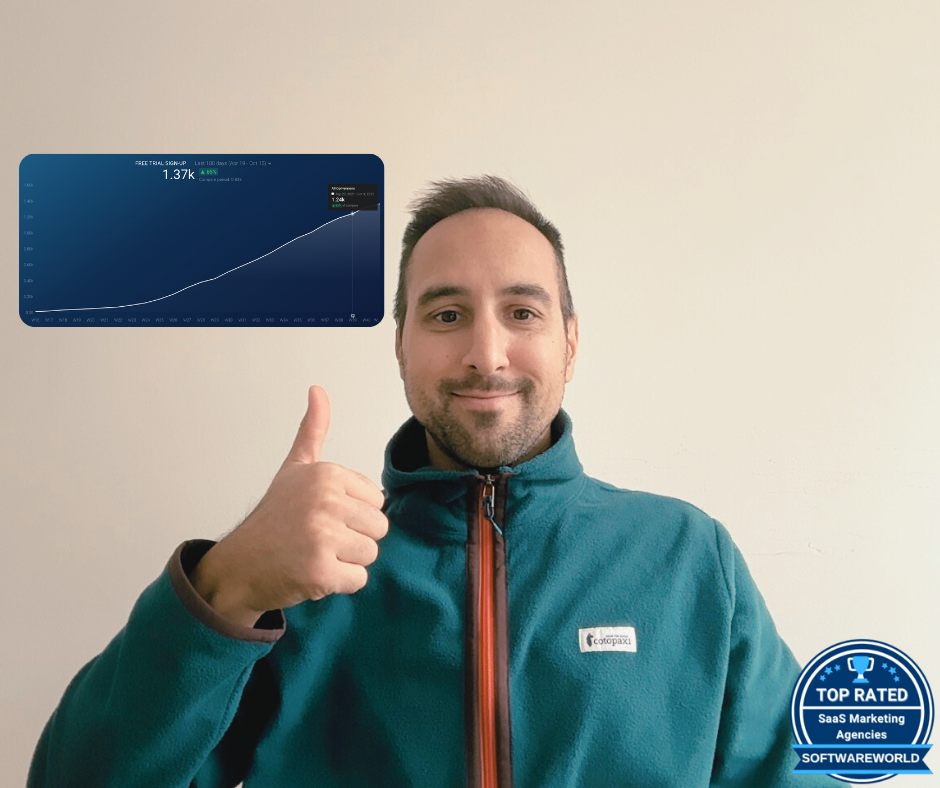Table of content:
Phase 1: AI GTM Strategy Assessment
Phase 2: Intelligent System Design
Phase 3: Pilot Implementation
Phase 4: Full-Scale Execution
Phase 1
AI GTM Strategy Assessment and Reality Check
Objective: Map your entire GTM motion. Not the idealized version, but how work actually flows through your organization. We audit current workflows, data quality, tool integrations, and team capabilities to identify where AI agents create real leverage vs. where human judgment remains critical.
Result: No more guessing where AI fits. You'll have a detailed map showing exactly which processes are ready for AI automation, which need human oversight, and which should remain fully manual. Plus baseline metrics to prove the improvement later.
What You Get
.svg)
.svg)
.svg)
.svg)
.svg)
Key Deliverables At This Stage
.svg)
.svg)
Reality Check Questions We Answer In This Phase
Roles & Responsibilities (optional)
.svg)
.svg)
.svg)
.svg)




.webp)